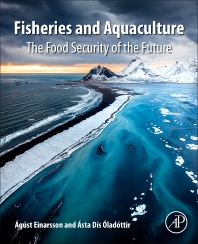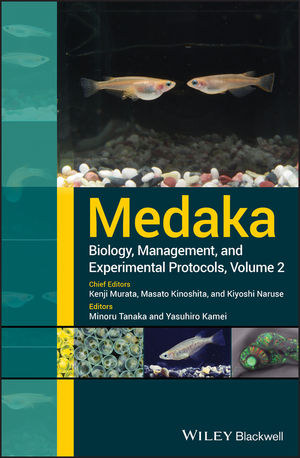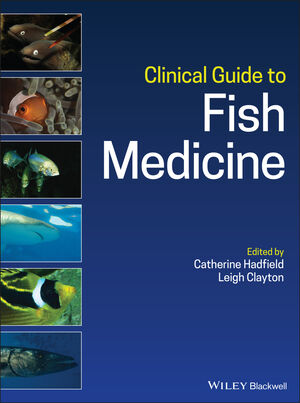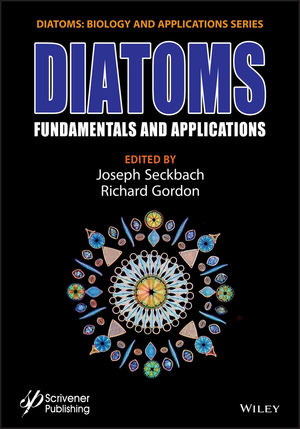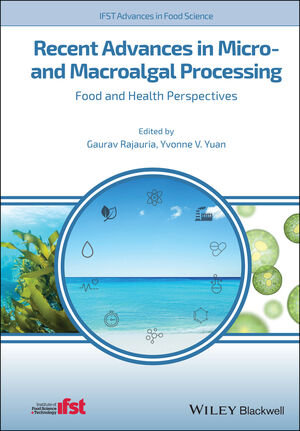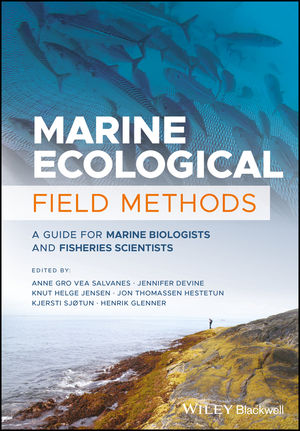
News
Research
Light and density adjustments reduce lumpfish aggressiveness: study
December 4, 2024 By Aquaculture North America staff
 A juvenile lumpfish in a tank. (Photo: Elizabeth Fairchild)
A juvenile lumpfish in a tank. (Photo: Elizabeth Fairchild) Researchers have found that hatcheries can reduce lumpfish aggressiveness toward younger lumpfish by altering light conditions and fish densities inside tanks.
“Lumpfish are crucial in addressing the high demand for cleaner fish in salmonid farming, but their aggressive behaviour, including cannibalism, poses a challenge,” said station scientist Elizabeth Fairchild, a research associate professor with UNH’s College of Life Sciences and Agriculture (COLSA). “Understanding the factors that exacerbate lumpfish aggression and providing guidelines for mitigating this behaviour to aquaculturists, are essential for increasing hatchery production and rearing efficiency.”
The researchers at the University of New Hampshire and the New Hampshire Agricultural Experiment Station, found that especially for smaller lumpfish, instances of tail fin nipping as a sign of aggression lessened when the fish had 12 hours of light followed by 12 hours of dark (versus constant light) and when the density of fish was reduced.

Proportion of fin nipping severity in 4-g (left panel) and 11-g (right panel) Lumpfish after 8 weeks of being subjected to varying combinations of rearing density (40, 65, or 90 g/L) and light treatment: ambient(12 h light : 12 h dark [113 lx]), low(24 h light : 0 h dark [22 lx]), or high(24 h light : 0 h dark [302 lx]). Severity scores range from 0 to 5, with increasing caudal fin damage as the number increases. A score of 0 represents a completely intact and healthy caudal fin, while a score of 5 represents a fish with no caudal fin and severe damage to the caudal peduncle. The 11-g Lumpfish were not evaluated in an ambient light treatment. (Image: Elizabeth Fairchild)
The researchers said that integrating lumpfish, a cleaner fish that feeds on sea lice off salmon, into aquaculture farms is a sustainable mitigation strategy. The most impactful species, Lepeophtheirus salmonis, can cost an estimated US$1.3 million per farm over a two-year production cycle in sea lice infestation management.
Fairchild and her co-authors, Brittany Jellison, an assistant professor in UNH’s biological sciences department, and Shelby Perry, a master of science student in COLSA’s marine biology program published their research in the North American Journal of Aquaculture .
The current mitigation methods for sea lice, including waterjets, hot water showers and other mechanical and thermal treatments, aren’t fully effective and can harm the fish, resulting in lower growth and survival rates for the salmon.
Perry said finding the best environmental conditions for lumpfish development is crucial, as it enhances their effectiveness as cleaner fish in aquaculture settings.
“By adopting these recommendations, fish farmers can improve lumpfish hatchery production, reduce juvenile mortality and enhance the sustainability of salmonid farming through effective sea lice management,” she said. “And increasing aquaculture sustainability and efficiency is vital to meeting the future demand for animal protein, as well as protecting the planet we live on.”
